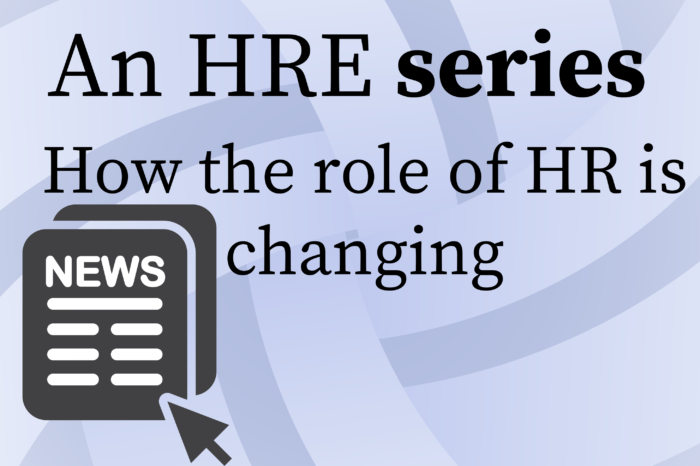Women’s risk of drug and alcohol addiction is up 65% since September, the latest startling figure to come out of Total Brain’s most recent Mental Health Index.
According to the new data, in addition to dealing with depression, stress and anxiety during COVID-19, more women are turning to substances in an attempt to cope. Additionally, female employees’ risk of sleep apnea has also climbed 126% over the past 10 months, according to the index, signaling complete physical and mental exhaustion, experts say. The index, which is compiled in partnership with the National Alliance of Healthcare Purchaser Coalitions, One Mind at Work, and the HR Policy Association and its American Health Policy Institute, is based on 500 anonymized assessments randomly selected among thousands of Total Brain assessments taken each week.
The findings “reinforce the complex and bidirectional relationship between physical and mental health,” says Total Brain CEO Louis Gagnon. “Poor physical health can increase the risk of developing mental health issues. Poor mental health can negatively impact physical health, leading to increased risk of disease and addictive behaviors,” he says.
Garen Staglin, chairman of One Mind at Work, says the new research is important for employers and should spur them to “understand that they must act now to help support employees who may be struggling with addiction issues as a result of the pandemic.”
“Addiction can lead to chronic health problems, which impacts the employee and the employer,” he says. “Investment in overall wellbeing is not only the right thing to do, but very cost-effective in the long run.”
Some better news out of the monthly index is that male employees are showing some signs of post-election mental health relief despite reaching peak risk levels one month ago. In the previous monthly index, men’s risk of depression was up 69% (154% greater risk than in February), and their risk of general anxiety was up 55% (66% greater risk than in February). Now, when comparing October to November, men’s focus is up 34%, decision-making skills are up 14% and risk of general anxiety is down 19%.
“Investment in overall wellbeing is not only the right thing to do, but very cost-effective in the long run.” – Garen Staglin
However, experts say the good news of improvements in men’s mental health is tempered by the U.S. workforce’s overall decline in mental health since February. Overall, stress levels and risk of general anxiety, depression and PTSD remain “alarmingly higher than before the global pandemic,” especially among Gen X workers, experts say. Stress levels are up 16%, risk of depression is up 66% and PTSD risk is up 47% since the start of the pandemic. Specifically for employees ages 40-49, anxiety risk is up 103% since February.
Related: Employers are making mental health strides; Why they shouldn’t let up
Overall, the researchers say employers must keep a sharp focus on employees’ mental health and invest in resources and wellbeing programs to help them cope.
“Employers who design employee wellbeing programs with the understanding that physical health and mental health are inextricably interconnected will be rewarded with better-performing, more productive and loyal employees, and lower healthcare costs,” Gagnon says.





